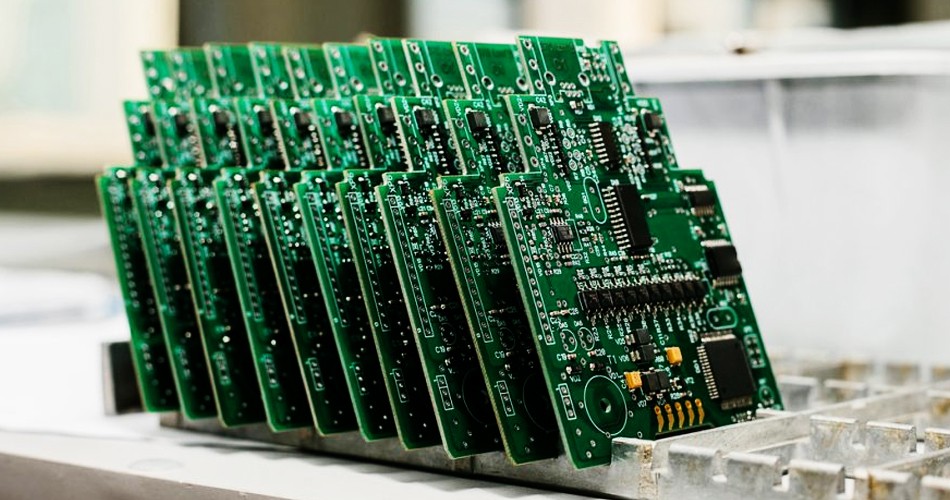- English
- Español
- Português
- русский
- Français
- 日本語
- Deutsch
- tiếng Việt
- Italiano
- Nederlands
- ภาษาไทย
- Polski
- 한국어
- Svenska
- magyar
- Malay
- বাংলা ভাষার
- Dansk
- Suomi
- हिन्दी
- Pilipino
- Türkçe
- Gaeilge
- العربية
- Indonesia
- Norsk
- تمل
- český
- ελληνικά
- український
- Javanese
- فارسی
- தமிழ்
- తెలుగు
- नेपाली
- Burmese
- български
- ລາວ
- Latine
- Қазақша
- Euskal
- Azərbaycan
- Slovenský jazyk
- Македонски
- Lietuvos
- Eesti Keel
- Română
- Slovenski
- मराठी
- Srpski језик
Electrostatic discharge (ESD) testing and protection in PCBA manufacturing
In PCBA manufacturing, Electrostatic Discharge (ESD) testing and protection is critical because ESD can cause damage to electronic components and circuit boards, causing irreversible failure. The following are key aspects and strategies regarding ESD testing and protection:

ESD test:
1. ESD testing equipment:
Use specialized ESD test equipment, such as an ESD simulator or ESD generator, to simulate ESD events.
2. Test standards:
Comply with international standards, such as IEC 61000-4-2, to perform ESD testing. These standards define methods and requirements for ESD testing.
3. Test environment:
Conduct ESD testing in a controlled environment, including relative humidity, temperature and ground conditions. Make sure the test conditions are consistent with the actual usage environment.
4. Test points:
Select appropriate test points to simulate where ESD may occur, including input/output ports, connectors, and external interfaces.
5. Testing process:
Perform ESD testing according to standard testing procedures, including Human Body Model (HBM) testing, Machine Model (MM) testing and External Model (CDM) testing.
6. Test level:
Determine the appropriate ESD test level, usually expressed in terms of electrostatic discharge energy. Different applications may require different levels.
ESD protection:
1. ESD safety training:
Provide ESD safety training to operators to educate them on the proper handling of sensitive electronic components, including wearing appropriate anti-static clothing.
2. Anti-static clothing:
Operators should wear anti-static clothing, including static-dissipative boots, gloves, and anti-static clothing to reduce ESD risks.
3. ESD workspace:
Set up a dedicated ESD work area with conductive floors, ESD protective chairs and electrostatic discharge dissipation equipment. Work areas should be cleaned and maintained regularly.
4. Tools and equipment:
Use ESD-proof tools and equipment, such as ESD-proof screwdrivers, tweezers, and test instruments. These tools often have anti-ESD coatings or materials.
5. ESD ground:
Make sure the work area floor is conductive and connected to the ground to discharge static discharges to the ground.
6. Storage and packaging:
When storing and transporting sensitive electronic components, use ESD-proof packaging materials such as conductive foam or bags.
7. ESD identification:
Place ESD signs and warning signs in ESD-sensitive areas to alert people to ESD risks.
8. Monitoring and recording:
Monitor ESD events and record the occurrence of any ESD events for failure analysis and improved protective measures.
9. Supply chain management:
Work with suppliers to ensure they also adhere to ESD protection standards and take appropriate steps to prevent ESD damage.
ESD testing and protection are important factors in ensuring PCBA quality and reliability, especially when handling sensitive electronic components and manufacturing high-performance electronic devices. Problems caused by ESD can be minimized by strictly adhering to ESD standards and implementing protective measures.
Send Inquiry
-
Delivery Service






-
Payment Options









